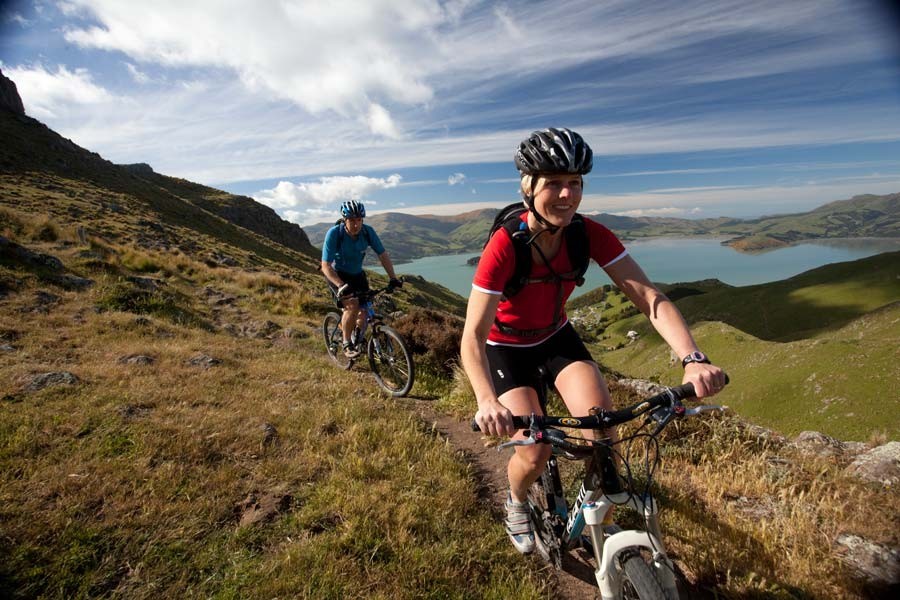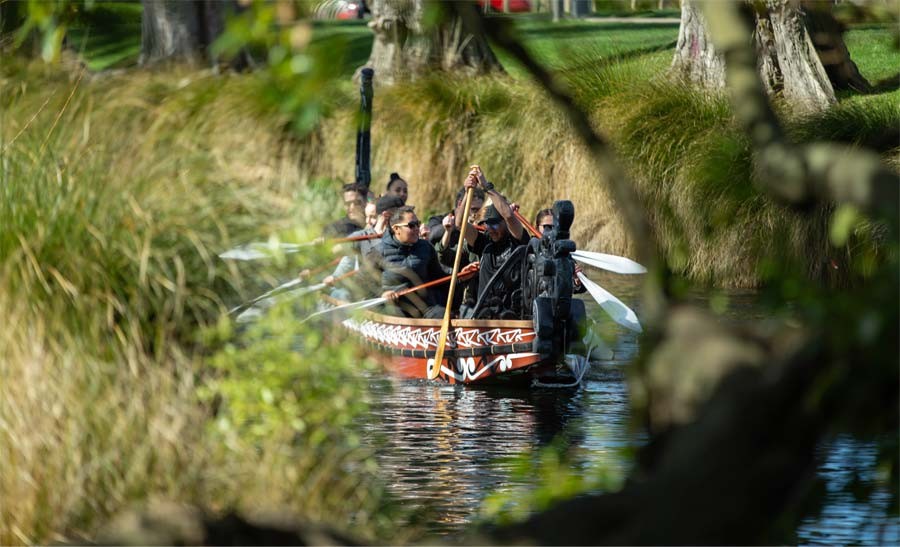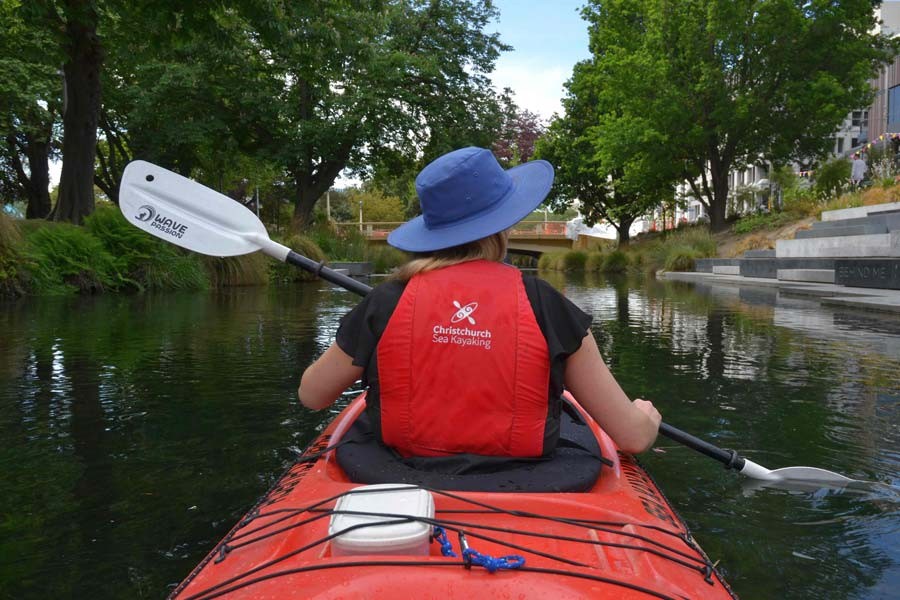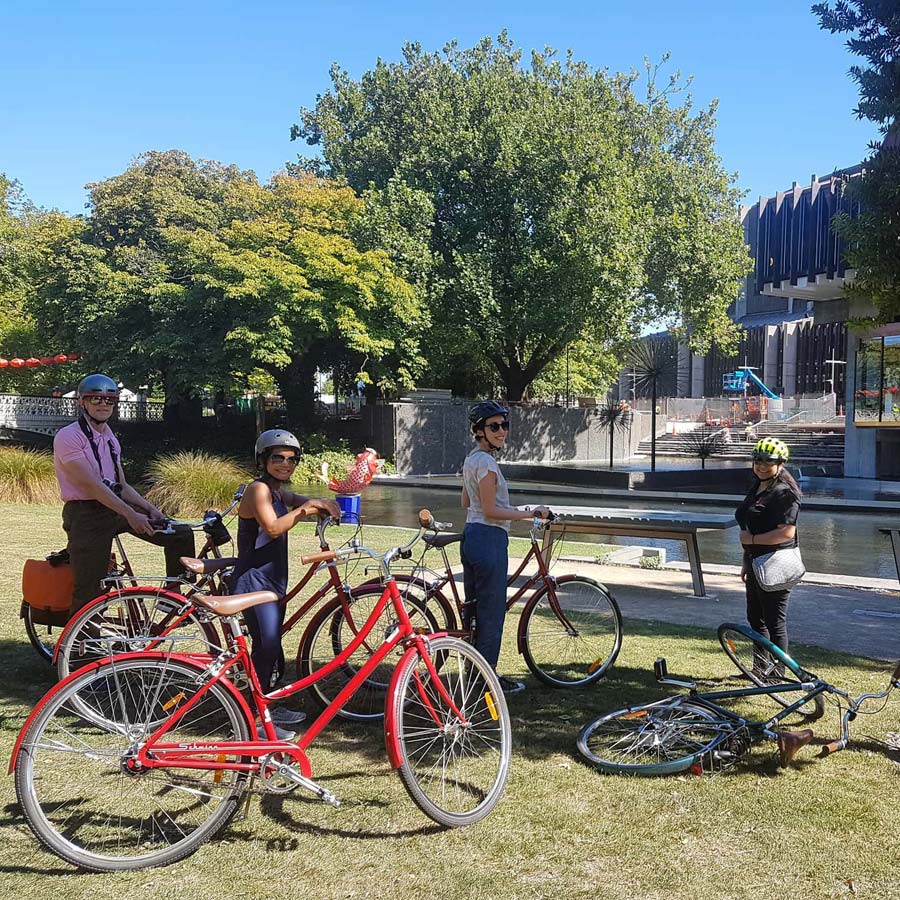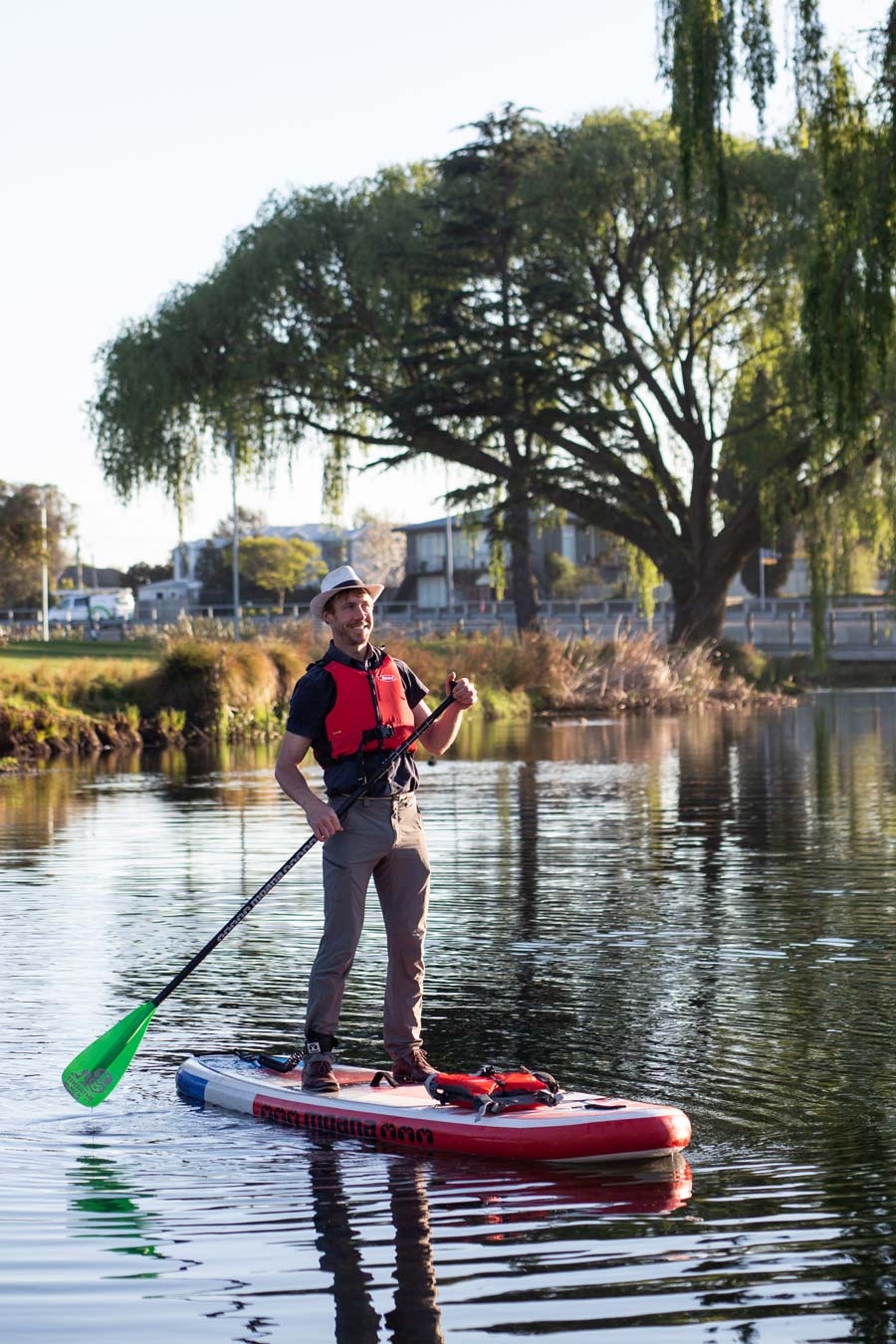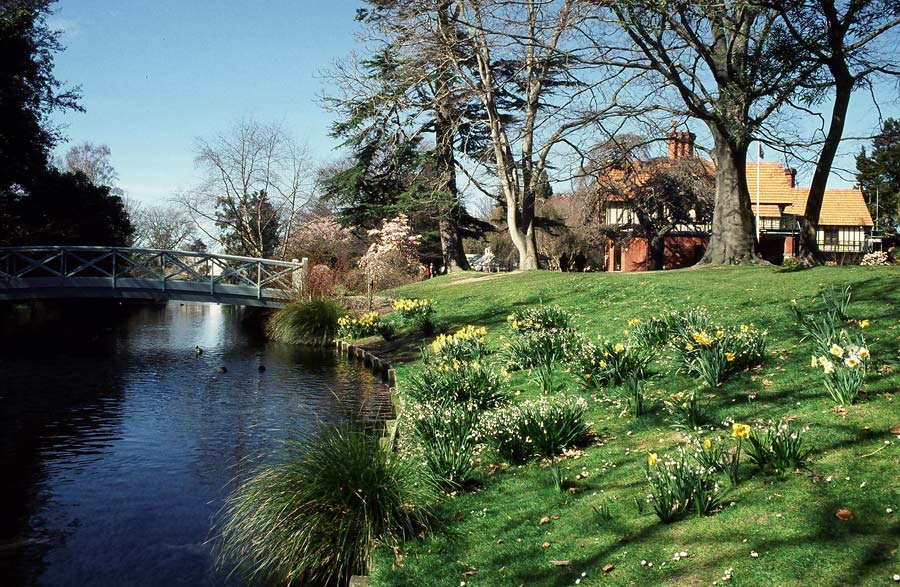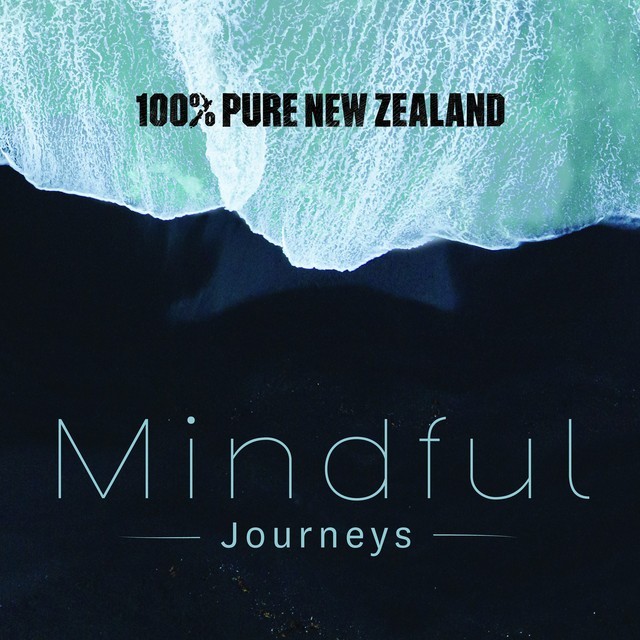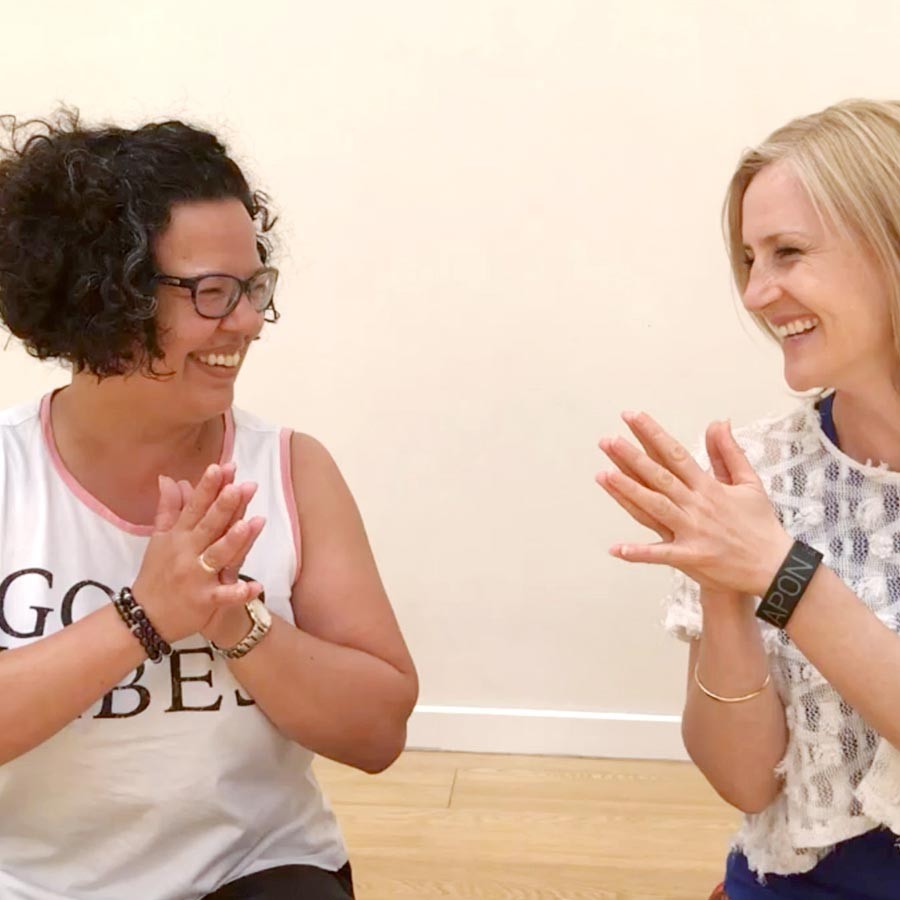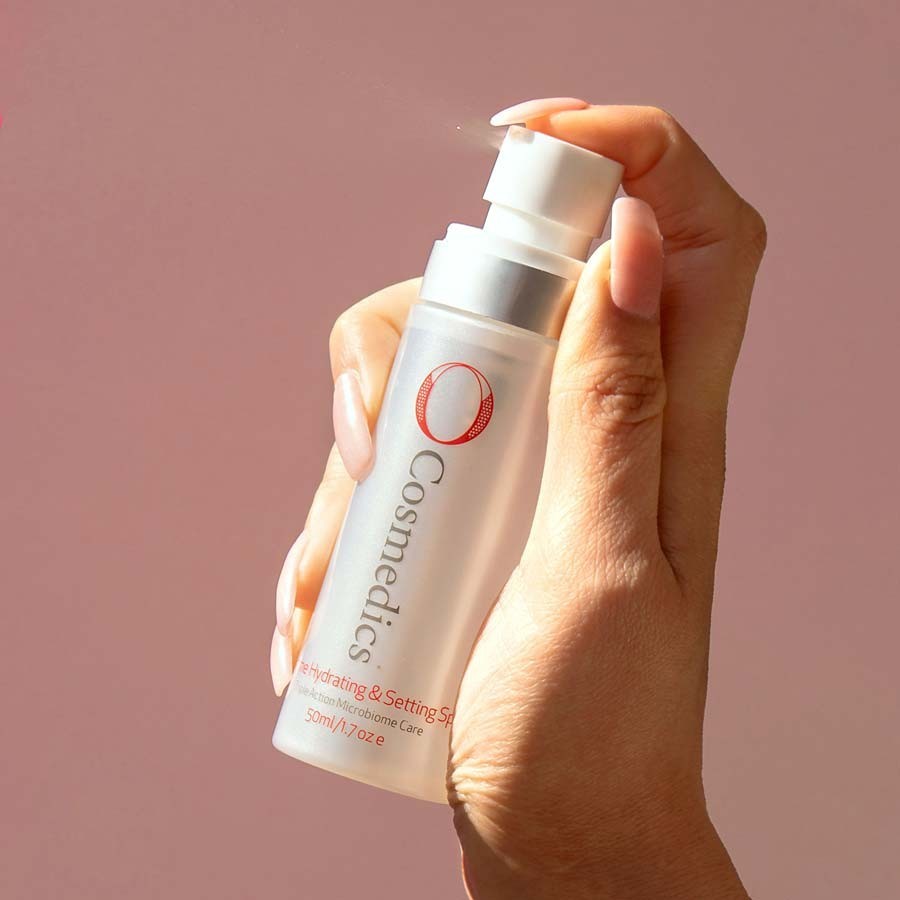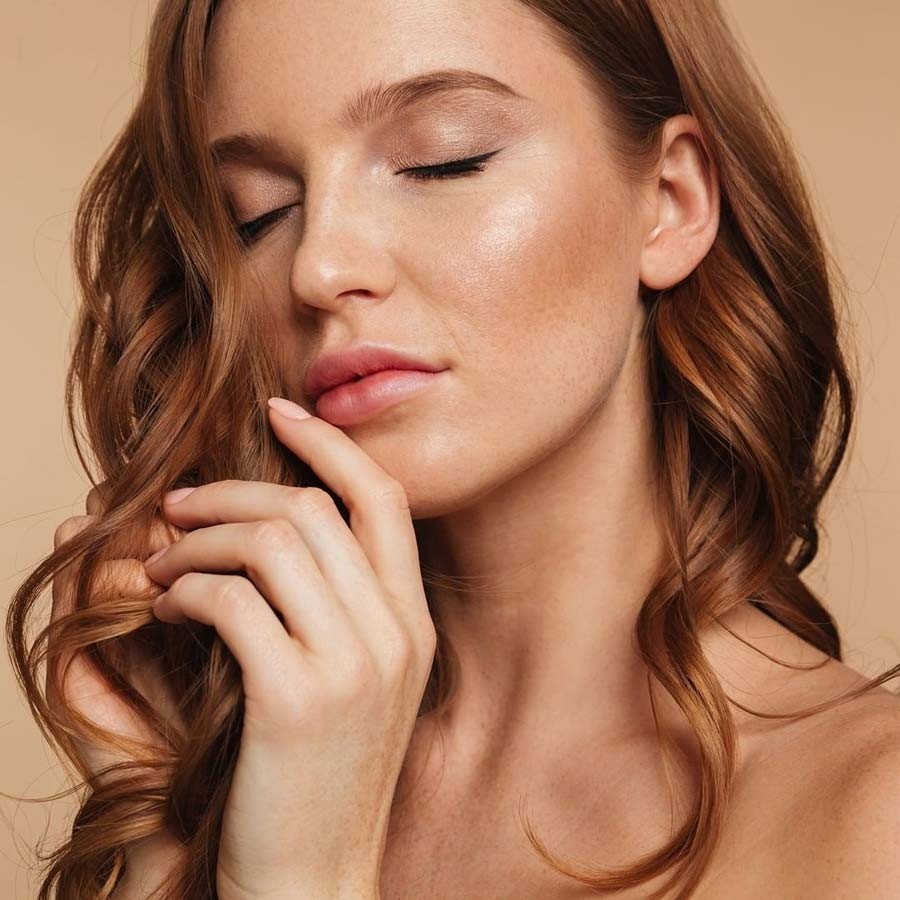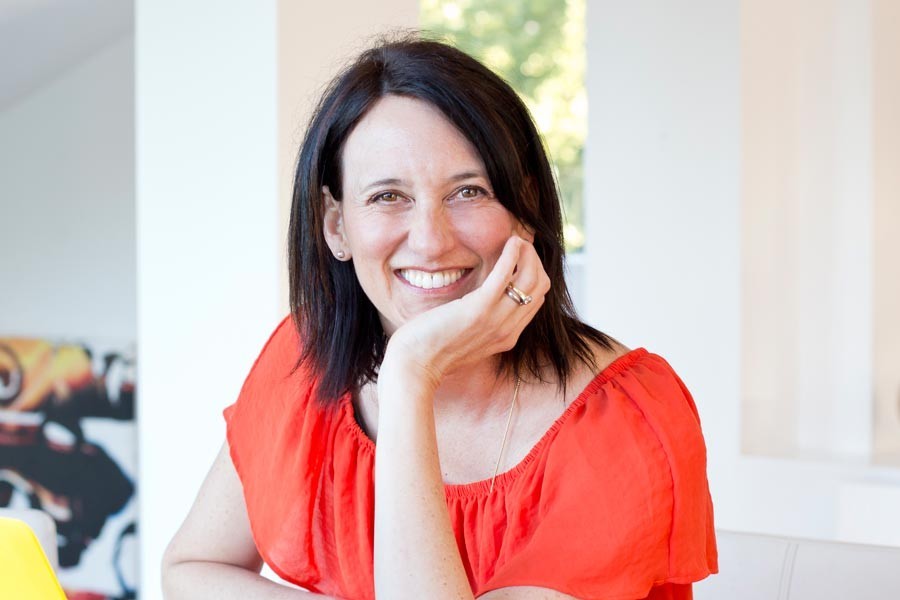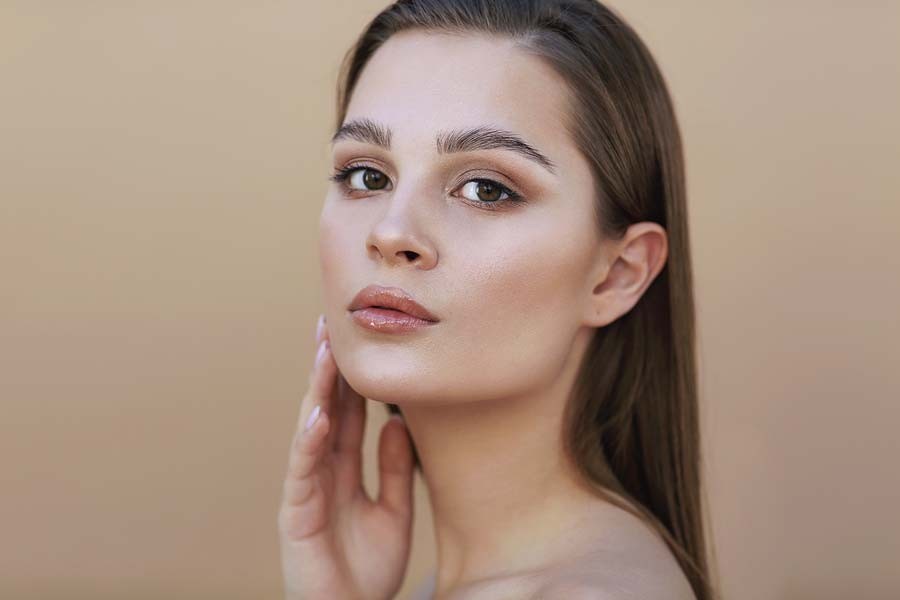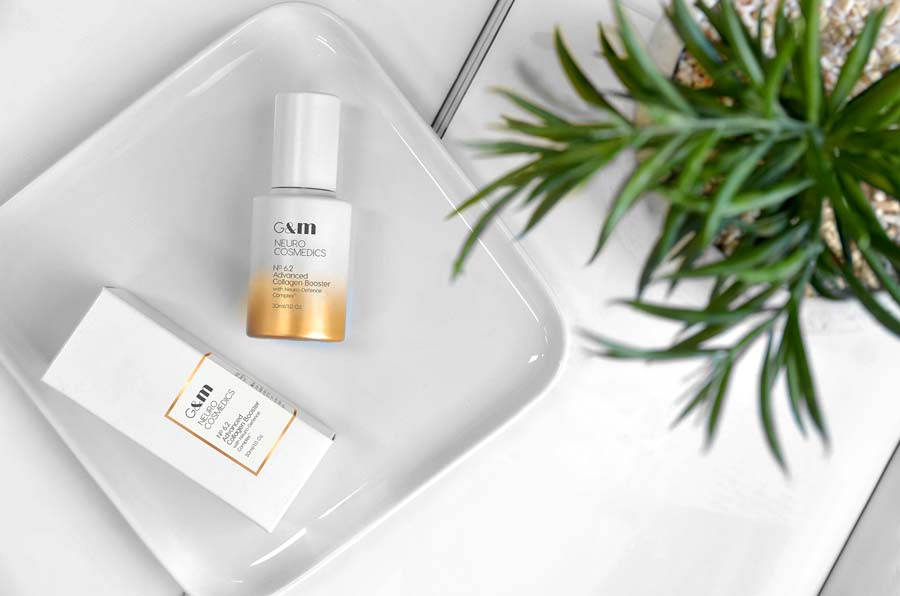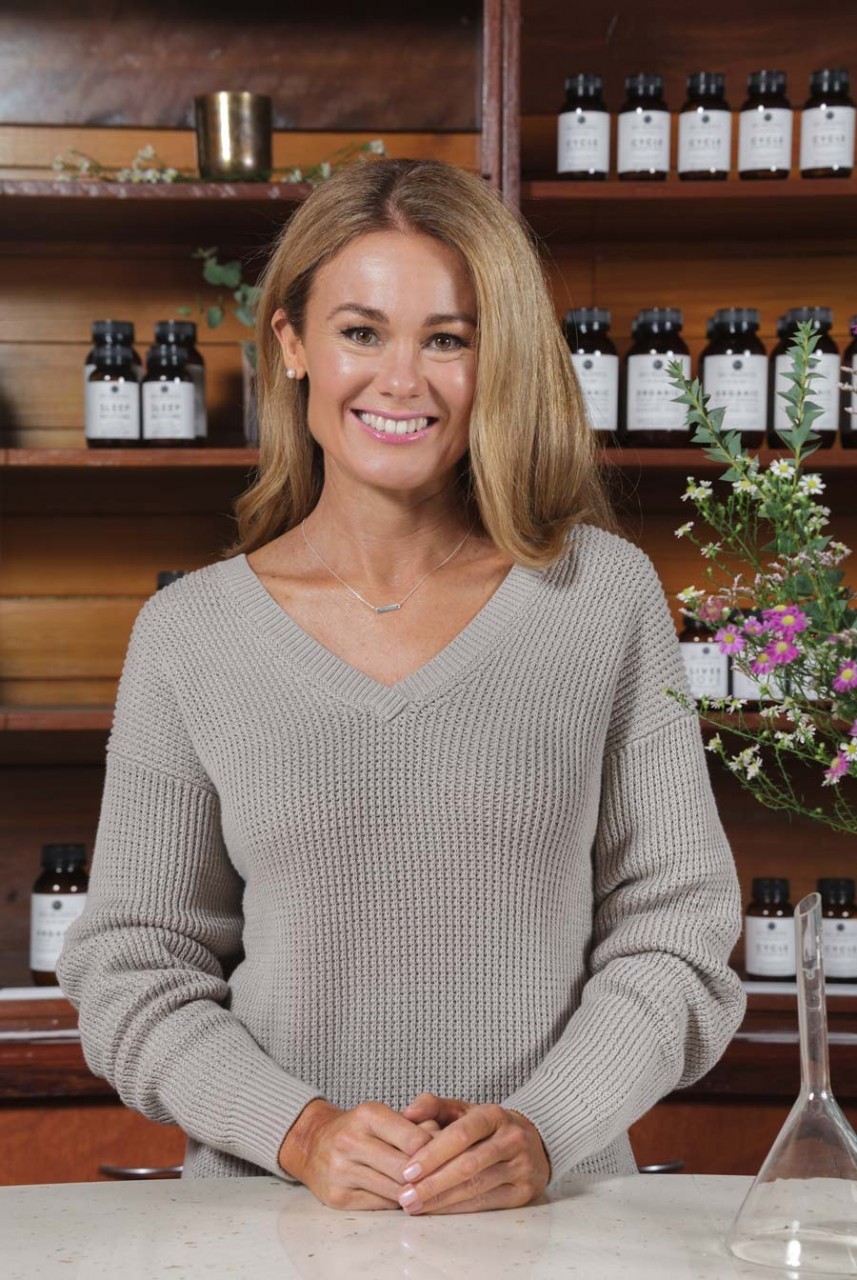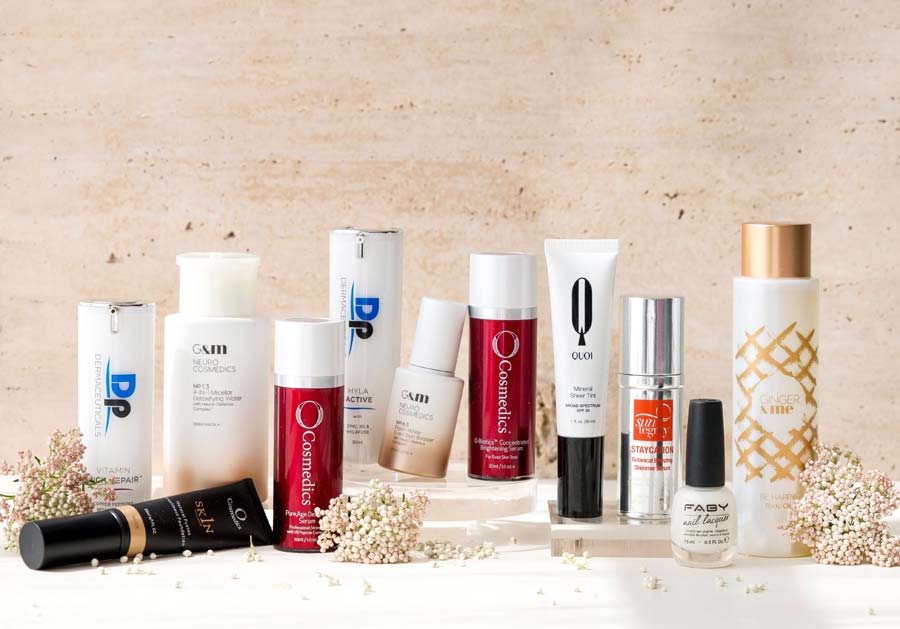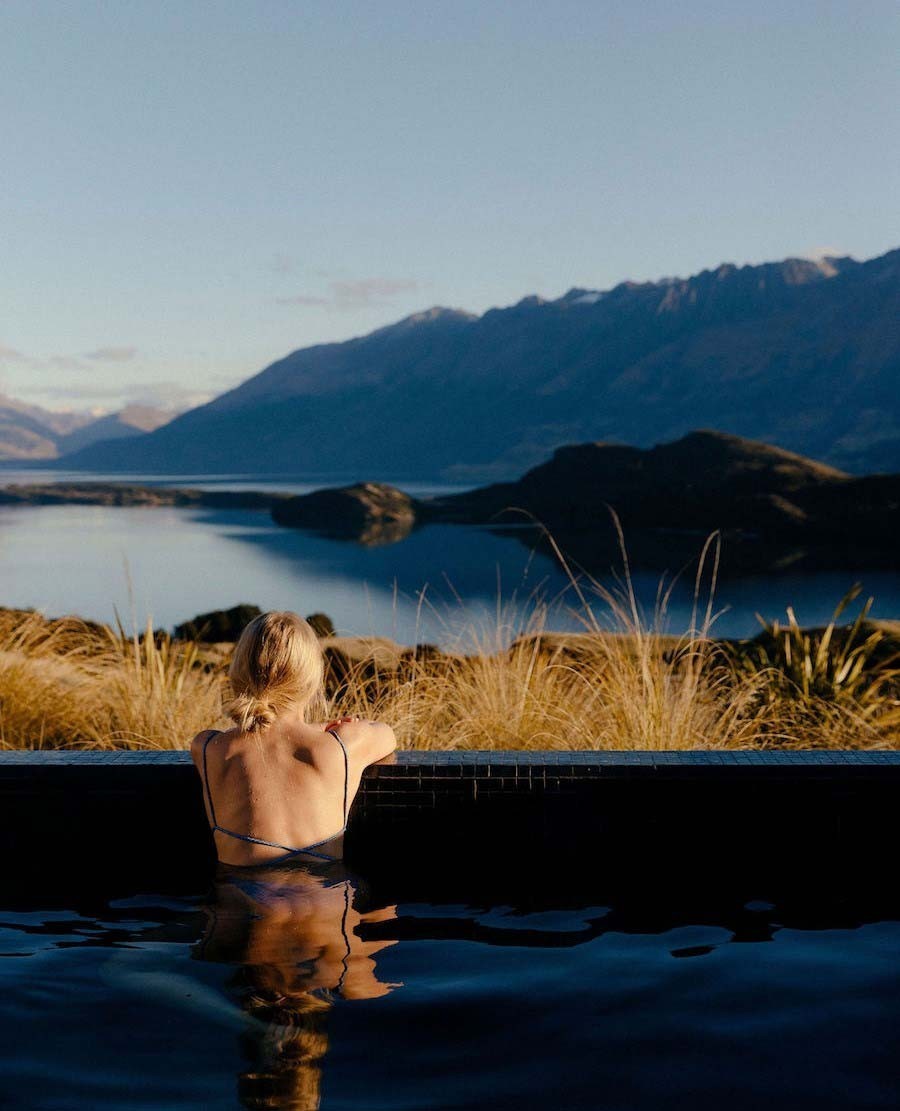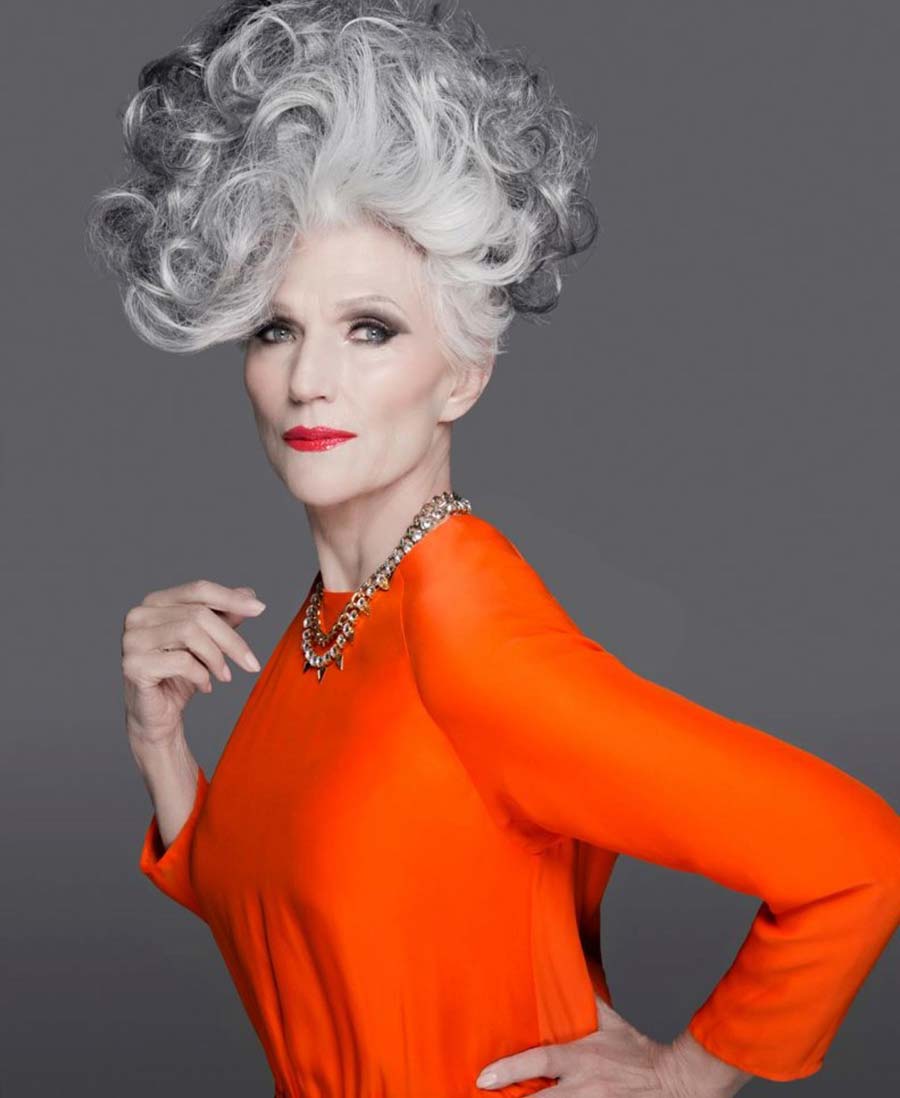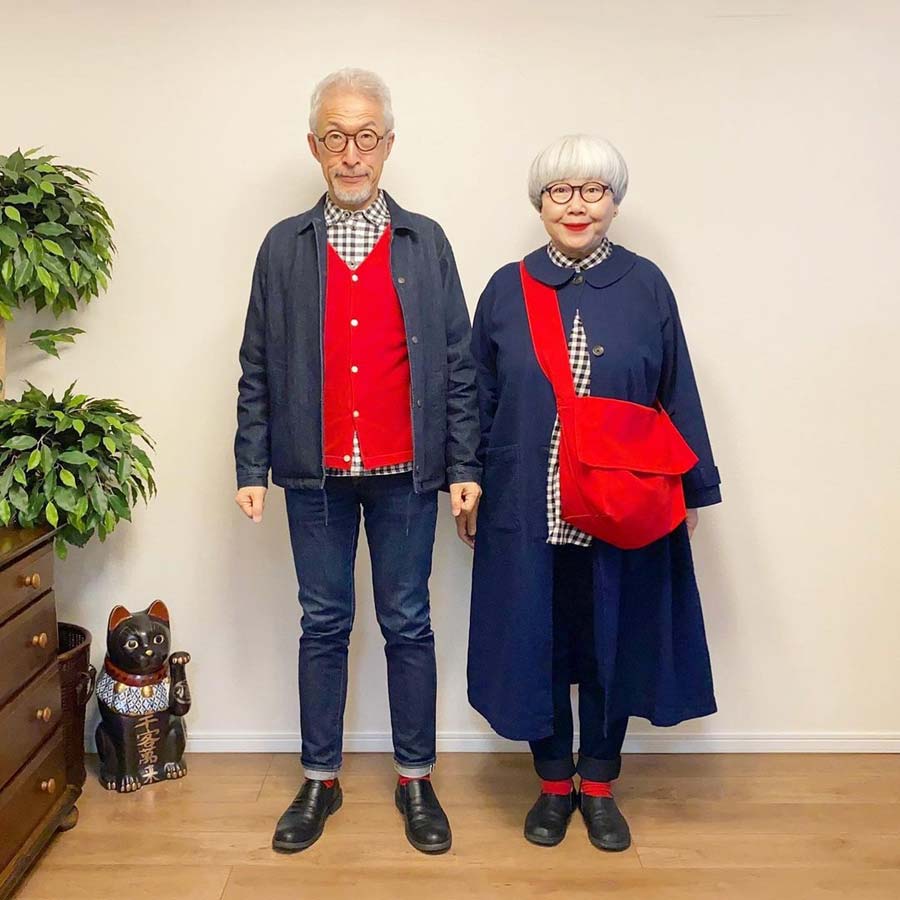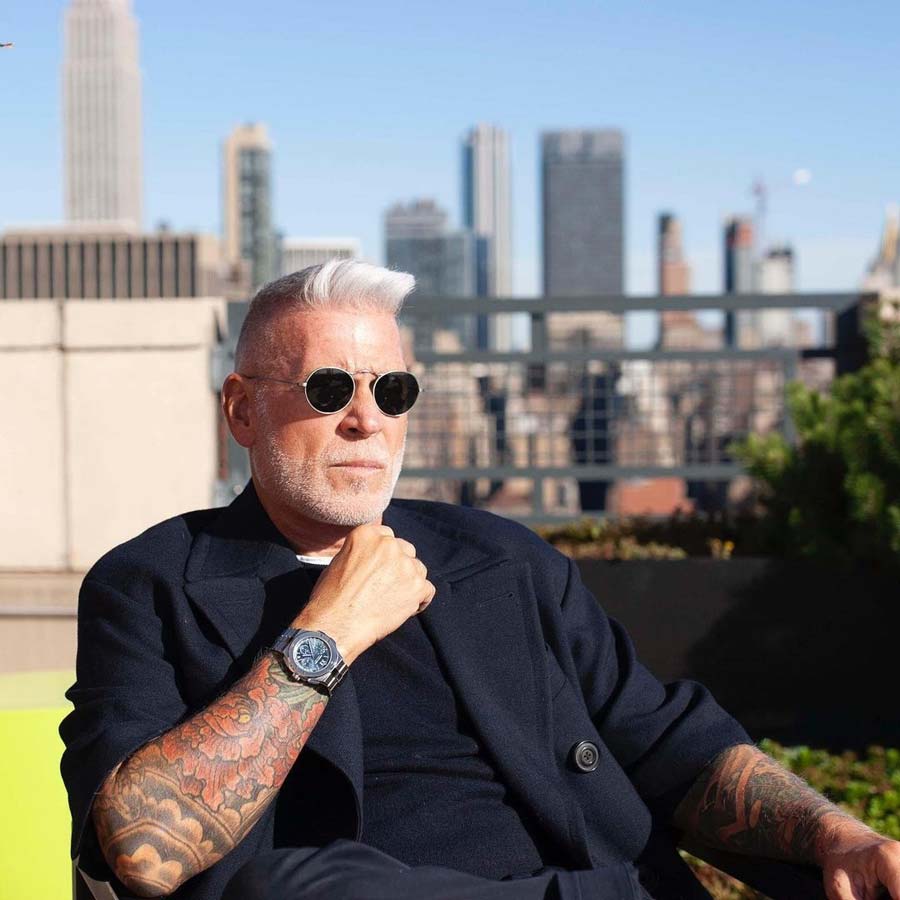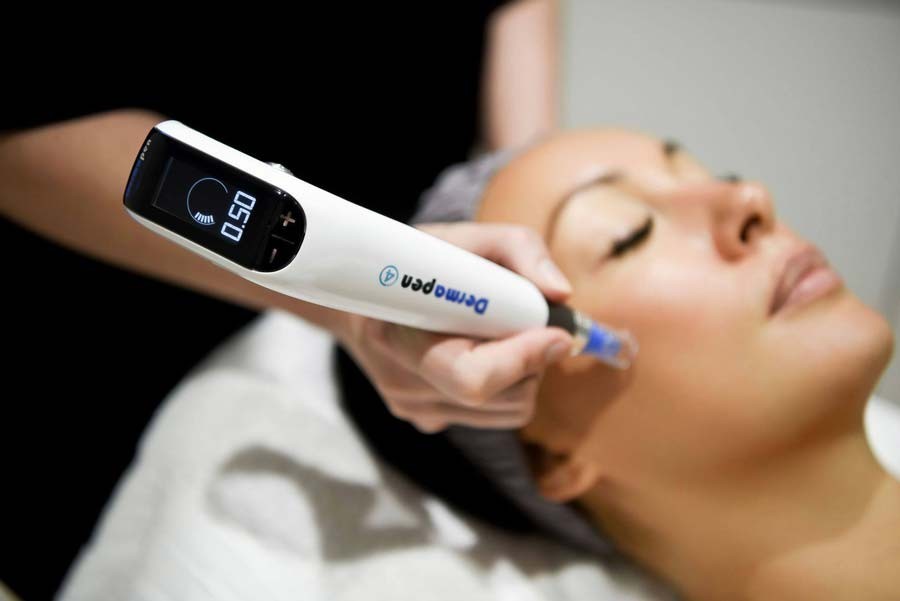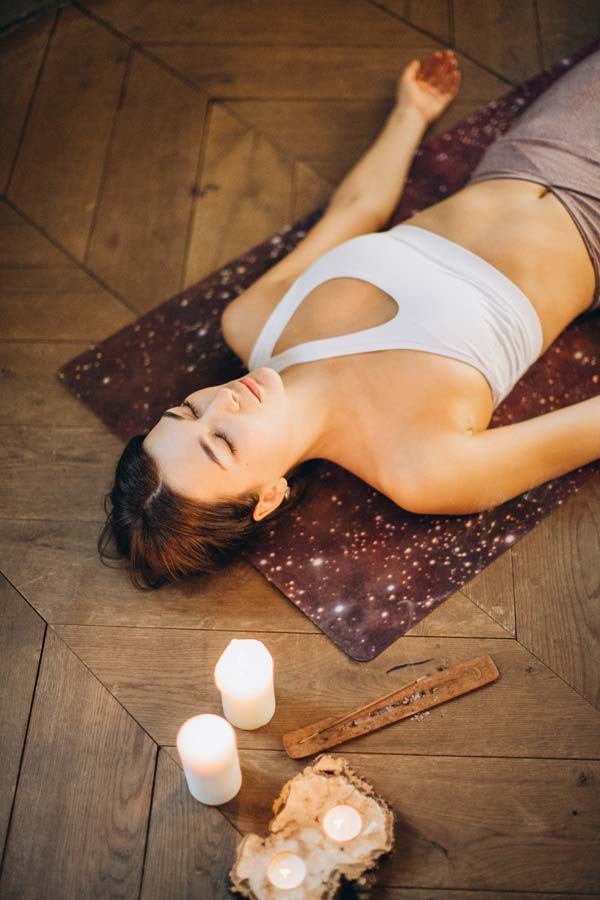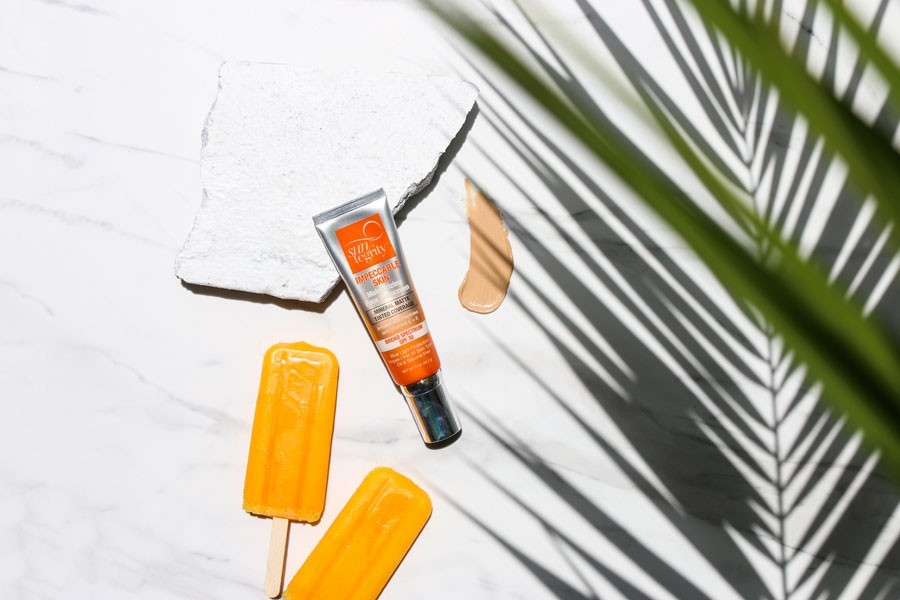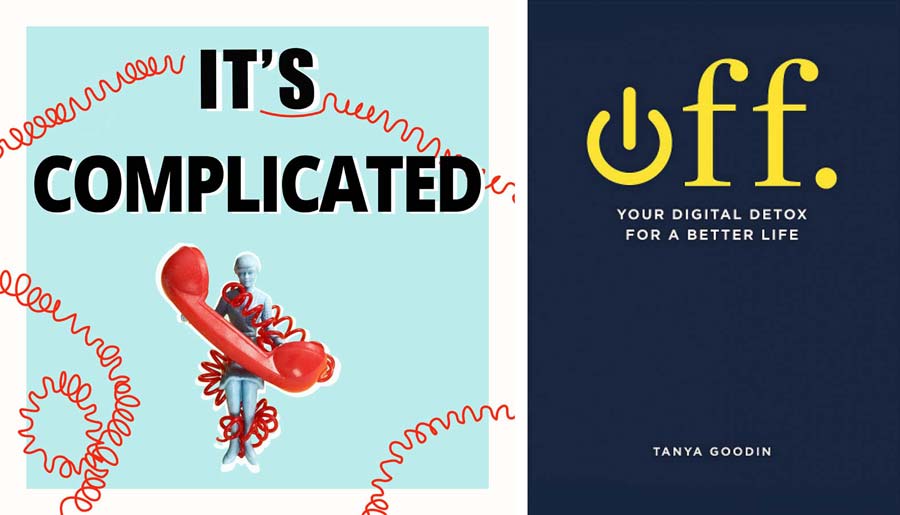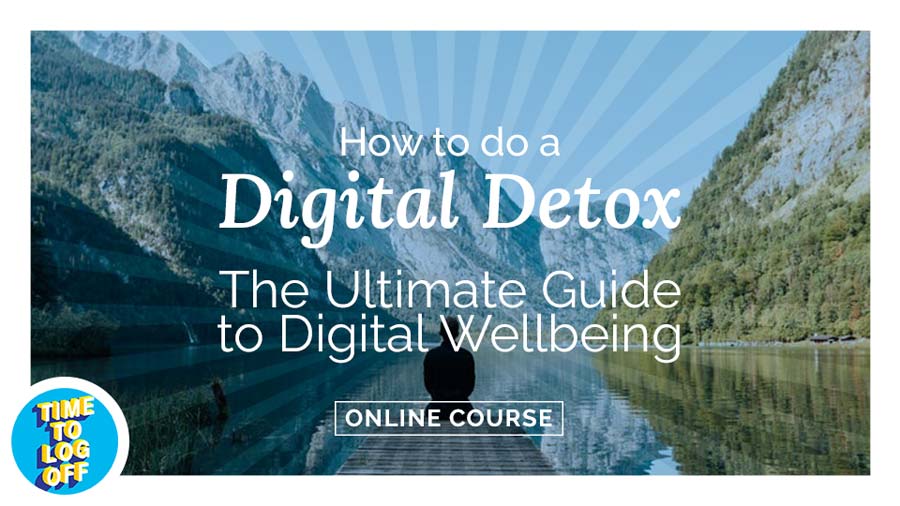Strap on your boots, pack up your tents and pump up your tyres, we’re taking to the trails.
Prance up the Port Hills
Hike: Ōtautahi’s view-filled antidote to the Canterbury flatlands, the Port Hills are covered in grunt-worthy gradients – and they’re mostly worth it. The Rapaki Track is a hit with fitness fanatics and the running-in-tights crowd, but the real suckers for punishment head up the Bridle Path, which has two options for ascent: 'steepish with corners' or 'quad-punishing and straight to the top'. Either way you can reward yourself with a coffee in Lyttelton on the other side, and return by bus if you're out of steam.
Sea-seekers opt for Awaroa (Godley Head) an absolute classic nine-kilometre, three-hour coastline-hugging bonanza of epic ocean horizons, cool baches (yes, you want to take the Boulder Bay detour) rolling hills and, on a clear day, Kaikōura Ranges vistas.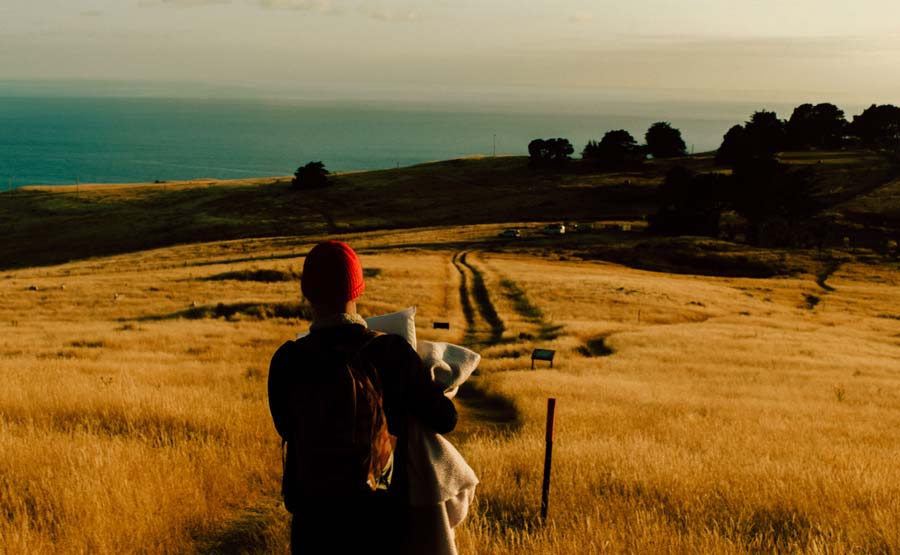
For a big banger of a day out, the Crater Rim Walkway offers spectacular views of the peninsula along its entire length. We’d suggest tackling the section from the Godley Head car park to the Urumau Reserve Track junction, a two-and-a-half-hour jaunt that can start with an exploration of the historic gun emplacement buildings at the heads – digging those hand-dug tunnels! – before producing excellent views on either side along the ridgeline and passing through Buckleys Bay Scenic Reserve. If you’re in the zone, keep going – the Crater Rim walkway is so ultra-long that every year a whole lotta folk run an ultramarathon spanning the walkway and then some, all the way from Diamond Harbour to Hansen Park in Opawa.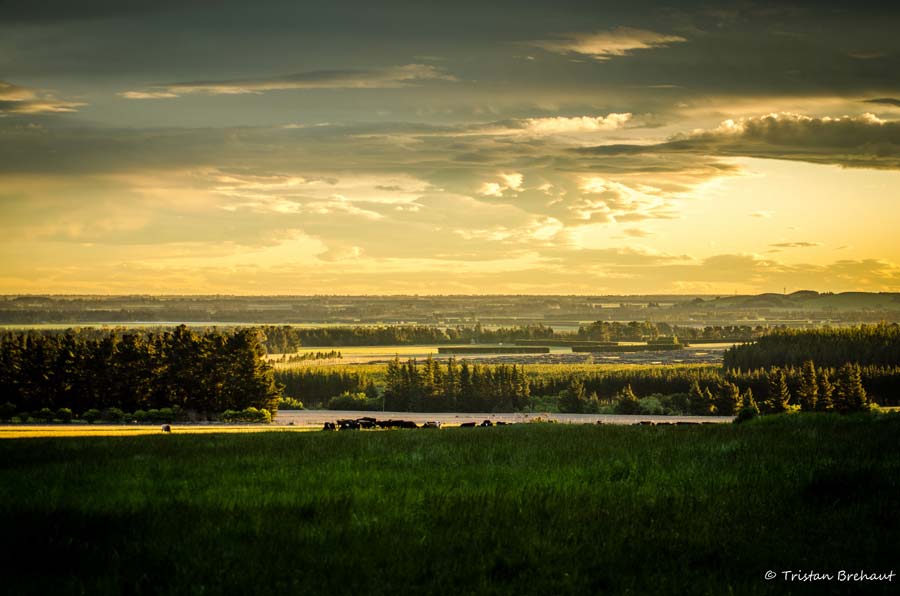
For a hidden gem hillside jaunt, head up the Eastenders Track through Barnett Park in Redcliffs – listen out for the rock climbers power-screaming up projects in the cave – and up over Summit Road to meet the Crater Rim Walkway. Enjoy the views down to Sumner on the Captain Thomas Track – just keep an eye out for the sometimes-territorial sheep dotting the hills.
Bike: Port Hills power rides
1. Charge up the Rapaki Track and onto Summit Road and come down the Huntsbury Track for a low-stress ride with massive fun factor.
2. Victoria Park’s smorgasbord of tracks range from easy to extreme. Beginners can brush up on their skills and experts can jump and drop on the Nationals Downhill Track.
3. Traverse the tussock-covered hills on the Godley Head mountain bike track, with jaw-dropping views over Lyttelton Harbour and Pegasus Bay, then descend the winding Anaconda to Taylors Mistake.
4. Start at the Sign of the Kiwi and roll on down the shared-use Thomson Track, before diverting off onto the Bowenvale Traverse and down The Serpent and Bowenvale Trail – max views, max fun.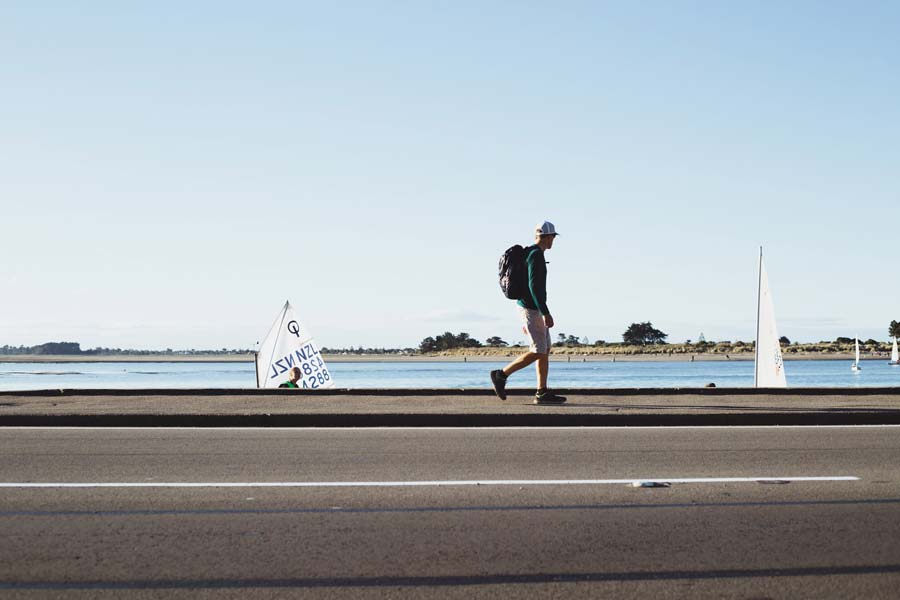
5. From the Quarry Hill subdivision, take the Crocodile, a flowy single track that’ll hurtle you down to Halswell Quarry.
Camp: One of Aotearoa’s most scenic campsites sits just out of Christchurch. Pitch your tent among the buildings of the converted military battery on Godley Head and enjoy how the setting sun catches the Kaikōura Ranges in the distance.
Urban adventures
Hike: Forget putting petrol in the car, you can go adventuring without even leaving the city. Wind your merry way through the foothill suburbs on the Heathcote River Trail – bonus points if you get in on Sunday for a stop at the Opawa Farmer’s Market. End in Ferrymead or join the Christchurch Coastal Pathway for the final leg to Sumner, where you can reward yourself with a refreshing dip in the ocean and a cold cone from Utopia Ice – raspberry and saffron is a great way to cool down.
Christchurch ain’t called the Garden City for nothing, and you can take the reasons-why grand tour on the North Hagley Park and Gardens Loop. Don’t miss the short detour to the sniffalicious Heritage Rose Garden, pop in to see the Peace Bell, and wander through the lush New Zealand Icon Garden.
Hit up Ōruapaeroa Travis Wetland for an uber-cool inner-city wetland walk, complete with viewing tower and bird hides so you can tuck your scary self away and check out the introverted avians in their natural habitat.
From the wetlands, pop over to New Brighton’s Southshore Spit and meander your way up the Pegasus Bay coast as far as the eye can see, across the wild dune landscape and through the tree-lined Bottle Lake Forest Park, right up to the gaping mouth of the Waimakariri.
Bike: Boost around our pair of pine plantation mountain bike meccas at McLeans Island and Bottle Lake Forest, both with well-maintained, well-marked tracks for every level.
Camp: For a seaside staycation within the city limits, pull up a plot at South Brighton Holiday Park, near the estuary and just a short walk from the swell at New Brighton Beach. Don’t forget to book in for a soak at He Puna Taimoana, New Brighton’s hot salt water pools.
North Canterbury
Hike: A short drive from Christchurch, North Canterbury can feel a world away, with snow-capped peaks, whispering waterfalls and vineyards as far as the eye can see. Want the big views? You gotta put in the big effort, and the Mount Grey/Maukatere Loop Track to the summit is a 15.5km show pony that offers some of Canterbury’s finest panoramas (we kid you not!) on the approximately six-hour return hike. If you’re feeling adventurous, take the rougher Red Beech Track on the descent.
Low down, the Waipara Valley Vineyard Trail will be an easy sell to your buddies, combining a cornucopia of world-class vineyards, historic farms, and Greening Waipara Biodiversity Trails, along with the historical steam train at Weka Pass Railway – and it’s all set to the stunning backdrop of the Main Divide. While not on the trail, Pegasus Bay and Waipara Hills wineries are worthy detours bearing considerable rewards.
North Canterbury is rimmed with sensational slogs, and Mount Thomas has three of them leading to its summit. Straight-to-the-point hikers will choose the summit track; in two hours, it does what it says on the tin. Easy-going folk will love the Ridge Track, lolling along a ridge taking in views galore before eventually meandering to the Mount Thomas summit in three and a half hours. Treehuggers can wander the woods on the Wooded Gully Track, hopping back and forth across a picturesque stream, arriving at the top in two and a half hours.
Bike: A saddle-bound version of a beach-hopping island escape, the Pegasus Trail links Kaiapoi with Waikuku Beach, and is so rolling and fun you could almost sip a mimosa at the same time. Cruise down the Waimakariri to Kairaki and The Pines Beach, through the forest to Woodend Beach, and on to the glorious Waikuku where you can snag an ice cream from the general store and get your laze on.
Camp: Pitch up at Waikuku Beach Holiday Park or roll on up to Leithfield Beach Holiday Park, where you can forgo all effort and stay in a plush glamping tent. City escapees intent on the most relaxing experience north of the Waimakariri can head to Tawanui Farm and sip champagne in a hot tub with wicked views of the Hurunui River and snow-tipped Kaikōura Ranges. For a gorgeous stay before or after a Mount Thomas expedition, check out Wooded Gully Campsite, a pretty spot for a night in the wild.
Banks Peninsula
Hike: Level up on epicness and head out to Banks Peninsula for your next scramble. Set a day aside to tackle Mount Herbert, the highest point on Banks Peninsula. Make a grunty ascent from Orton Bradley Park or a longer, steadier one from Diamond Harbour. At the top, you can take in views to Mount Somers in the west and Mount Grey in the north; to the east it’s naught but open ocean all the way to Chile.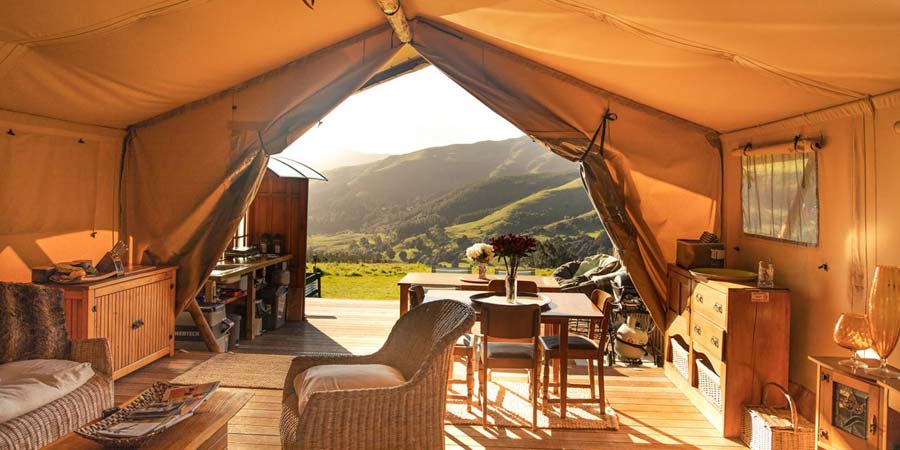
For a day’s adventure that ends with a seaside glass of vino, get to the summit of Stony Bay Peak for mind-blowing views across Akaroa Harbour, before descending back to Akaroa. Don’t miss the fabulous wooden toilet on the ridgeline – it’s backcountry ingenuity at its best.
If you’re heading to the Peninsula’s tip, check out Hinewai Reserve. The Maurice White Native Forest Trust has regenerated native bush all over the 1250-hectare reserve, returning the land to how it was 700 years ago, complete with birds and hand-drawn maps.
Bike: Relaxed rollers can ride the railway that used to run from Hornby to Little River way back when, and enjoy the enduring appeal of rail trails (the trains couldn’t do steep hills and you shouldn’t have to either). But if you really do want that steep-hill burn, head to the Port Levy Loop which takes in the scenic summit ridgeline on the Te Ara Pātaka shared-use walkway, the glorious waters of Pigeon Bay, and the hit-list Port Levy-Pigeon Bay road.
Camp: Okains Bay Camping Ground is a classic get-away-from-it-all destination with a perfect sandy beach, plenty of room for backyard cricket and super interesting Māori and colonial history (Waitangi Day in Okains is a ball!). Don’t miss the jaunt to Little Okains Bay, which might just be the best-looking spot on Banks. Closer to Akaroa, Onuku Farm Hostel has wooden tent shacks with see-through ceilings for bedtime stargazing. In Lavericks Bay you’ll find canvas tents and an outdoor hot tub, with a secluded beach just a 15-minute stroll away. Green Antler does glamping at scale, with one huge safari tent sleeping five, the mandatory hot tub, and deer grazing all around.
Mid Canterbury
Hike: Book in a decent weather day and boost the 700 vertical metres from Lake Coleridge to Peak Hill for too-good-to-be-true views across the lake and the snow-covered peaks that crowd it in. Check out the cascading gem that is Washpen Falls just an hour’s drive from the city. The walk starts from an old woolshed and tracks through an ancient volcanic canyon, now filled with densely beautiful native bush and vocal birdlife. Climb for views over the Canterbury Plains and to see one of the area’s most stunning waterfalls. In December and January the trail is one of New Zealand’s best spots to see regenerating southern rata in bloom. Hightail it along the Arthur’s Pass road to Porters Pass for one of mid-Canterbury’s most iconic adventures – be aware it’s unmarked country, for experienced hikers. From Porters Pass, skirt up the shingle-clad ridge to the top of Foggy Peak. About two hours’ climbing earns walkers a bloody decent thigh workout and mind-blowing views across the Torlesse and Big Ben Ranges, down to the plains and into Arthur’s Pass.
Bike: Easy rollers will be all about the Lake Emma track which offers easy mountain biking in to a late-1800s two room hut on the shore of stunning Lake Emma (overnight stays not allowed) and on to Lake Camp. To extend your adventure, head up the road and circumnavigate aptly-named Lake Clearwater.
Camp: Pitch up on the grass at the grassroots Rakaia Gorge Camping Ground, a perfect launchpad for all your adventures along the stunningly scenic Rakaia River. For something a little fancy, tuck into a cosy night in cool corrugated iron cabin The Shepherd’s Hut at Washpen Falls, where you can take a rowboat on an idyllic pond and escape the cold nights in a woodfired hot tub.
Read up: Canterbury Foothills & Forests: A Walking and Tramping Guide
Get the inside word on adventuring in the Canterbury foothills, from easy to hard+, as well as a ton of interesting info on the area’s history, flora, fauna, landscape and climate. Available from University Bookshop. ubscan.co.nz
Epic overnighters
Pack your bags and get ready for million-dollar sunset views on these sensational Canterbury trips.
Be the packhorse
Track up through a native bush-filled valley to the historic stone Packhorse Hut with majestic views over Lyttelton Harbour. Head out the next day or continue along the stunning Te Ara Pātaka/Summit Walkway.
Bank on this
Take it easy on the Banks Track, where you’ll get your packs dropped at super-cute accomodation along the route. The track skirts a U taking in Flea Bay and Stony Bay, the epic Hinewai Reserve, and drops back over to Akaroa.
Summer at Mount Somers
Mid Canterbury’s Mount Somers offers a readily accessible taste of backcountry New Zealand. Head for either Woolshed Creek or Pinnacles Huts, both offering an easy overnight tramp that features impressive rock formations.
Bikepackers ahoy
Pack up your panniers and cycle the 23-kilometre Potts River track past Mystery Lake into Potts Hut, past steep moutonnées (rocky knobs smoothed by passing glaciers) and jumbly scree.
Additional Fields
-
Image: ChristchurchNZ
